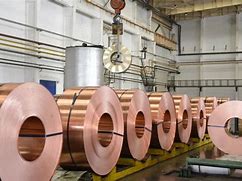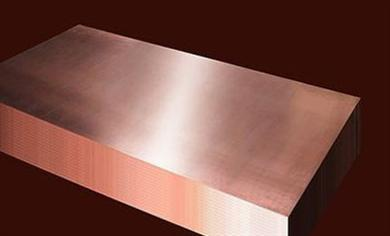Swapping out rusty old iron pipes for shiny copper is a smart upgrade. But watch out for a sneaky problem called corrosion. When copper meets iron directly in your plumbing, trouble brews. Water acts like a bridge letting electricity flow between these metals. This sets off a chemical reaction. The iron loses electrons and starts to rust away fast. Think of it like a battery you didn’t want. Your new copper pipes might stay fine, but the leftover iron sections? They rot quicker. Leaks spring up. Water pressure drops. You could end up with dirty water or worse, a flooded basement.
(How To Address Corrosion When Replacing Iron Pipes With Copper)
So how do you block this metal-on-metal crime? Easy. You need a peacekeeper between them. Plumbers use something called a dielectric union. This fitting has plastic or rubber parts inside. It stops copper and iron from touching each other. No contact means no electric current. No current means no rust party. You can find these unions at hardware stores. Just slip one onto the iron pipe thread. Then connect the copper side. Done right, it seals tight and keeps water flowing safely.
Another trick is using brass fittings. Brass plays nice with both metals. It doesn’t spark the same corrosion battle. You screw brass onto the iron first. Then join the copper to the brass. Simple. Either way, skip the direct connections. Even a tiny metal-on-metal handshake risks damage.
Before installing, scrub off any old gunk from the iron threads. A wire brush works great. Clean threads help the new fittings seal properly. Wrap plumbing tape around the threads too. This keeps drips away. Check everything twice as you tighten. Leaks love loose fittings.
Once your pipes are linked safely, turn the water back on slow. Check every joint. Watch for damp spots or hissing sounds. Fix a small drip now to avoid a big headache later. Keep an eye on the repair spot over the next few weeks. Look for rust stains or greenish gunk around fittings. Catching problems early saves money.
Ignoring this step is bad news. That quick pipe swap could cost you double later. Corrosion chews through metal quietly. Your wall might hide a disaster until it bursts. Spend a few extra dollars on dielectric unions. They’re cheaper than tearing open walls to fix rotten pipes. Plus, your water stays clean and clear.
(How To Address Corrosion When Replacing Iron Pipes With Copper)
Old pipes frustrate everyone. Copper fixes that. Just remember to break up the iron-copper meetup. Use the right fittings. Do it once. Do it right. Then enjoy fresh water without the rust flakes floating in your coffee.
Inquiry us
if you want to want to know more, please feel free to contact us. (nanotrun@yahoo.com)



